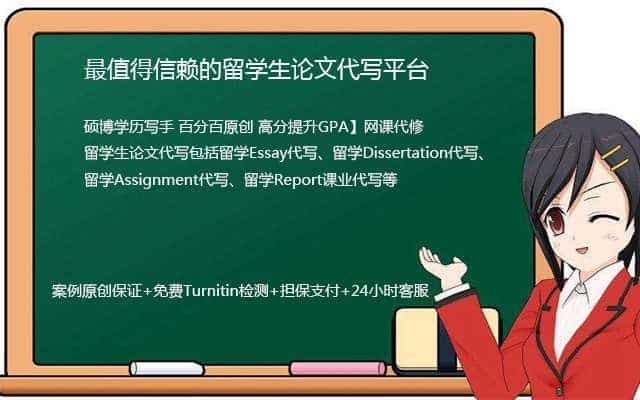
essay代写_高分社会学essay写作范文
mingxinwrite是一家留学辅导机构,主要业务包括论文代写,Essay代写,Paper代写,Assignment代写,留学论文修改,网课代修,同时涵盖了Personal Statement等留学文书以及转学申请文书...
Using Rewards to Promote Behaviour Change: Results from a Process Evaluation of an Incentive-based Smoking Cessation Programme for Pregnant WomenWORKING PAPER
Douglas Eadie & Susan MacAskill
ISMInstituteforSocial Marketing
Methodology
•In-depth interviews in the client’s home post-intervention (n=20)
•Stratified by level of engagement with the scheme (attenders Vs non-attenders)
•Supplemented by in-depth interviews with local CPs (n=6)
•All interviews digitally recorded on audio-file
•Two separate analyses conducted to date:
–A1: Case-by-case analysis (client typology)
–A2: Thematic analysis (explanatory factors)

The Scheme: ‘Give It Up For Baby’
•Launched in 2007 (1st in the UK)
•Targets pregnant mums from deprived communities
•Combines behavioural and pharmacological support with a system of financial reward for remaining smoke-free
•Support delivered by community pharmacists (CPs)
•CO breath testing conducted weekly (1st 3 months) then monthly (up to 3 months postnatal)
•Incentives redeemed against products at participating supermarkets using a personal ID and store voucher cards
Methodology
•In-depth interviews in the client’s home post-intervention (n=20)
•Stratified by level of engagement with the scheme (attenders Vs non-attenders)
•Supplemented by in-depth interviews with local CPs (n=6)
•All interviews digitally recorded on audio-file
•Two separate analyses conducted to date:
–A1: Case-by-case analysis (client typology)
–A2: Thematic analysis (explanatory factors)
Results (A1): Client Typology
Six distinct client types emerged from the analysis
•T1: Mums to be–mainly first time mums; child’s health paramount; often introduced strict smoke-free restrictions in the home and abstained from drinking at the same time; confidence and motivation often high; limited value attached to quit aids. Success high
•T2: Opportunists–light smokers, relatively confident of their ability to give up unaided; see the scheme as a financial opportunity, response often perfunctory and atypical. Success high
•T3: Enthusiastic amateurs–history of quit attempts but often unplanned, and poorly organised; require structure to provide discipline and focus, therefore CO testing often more important than the actual incentive; often cut down before come to scheme but struggling to get to zero; the group that appear to benefit most from the scheme. Success high
•T4: Novice quitters–typically younger, first time mums still living within the family home; limited motivation, looking for an easy solution, NRT aids often their primary interest; incentives of limited value because still dependent on parents for financial support; the group likely to benefit least from the scheme. Success low
•T5: Breadline survivors–most socially and financially disadvantaged; typically single mums with unsupportive partners and relatively low self-esteem; place particular emphasis on the financial rewards, needed for staples such as groceries; relapse commonplace and sometimes characterised by conflict. Success low
•T6: Impulse shoppers–limited commitment, drawn into scheme when making speculative enquiries; may have tried numerous times in past but failed –low self-esteem, don’t expect to succeed but believe they should try –pregnant again. Success low






